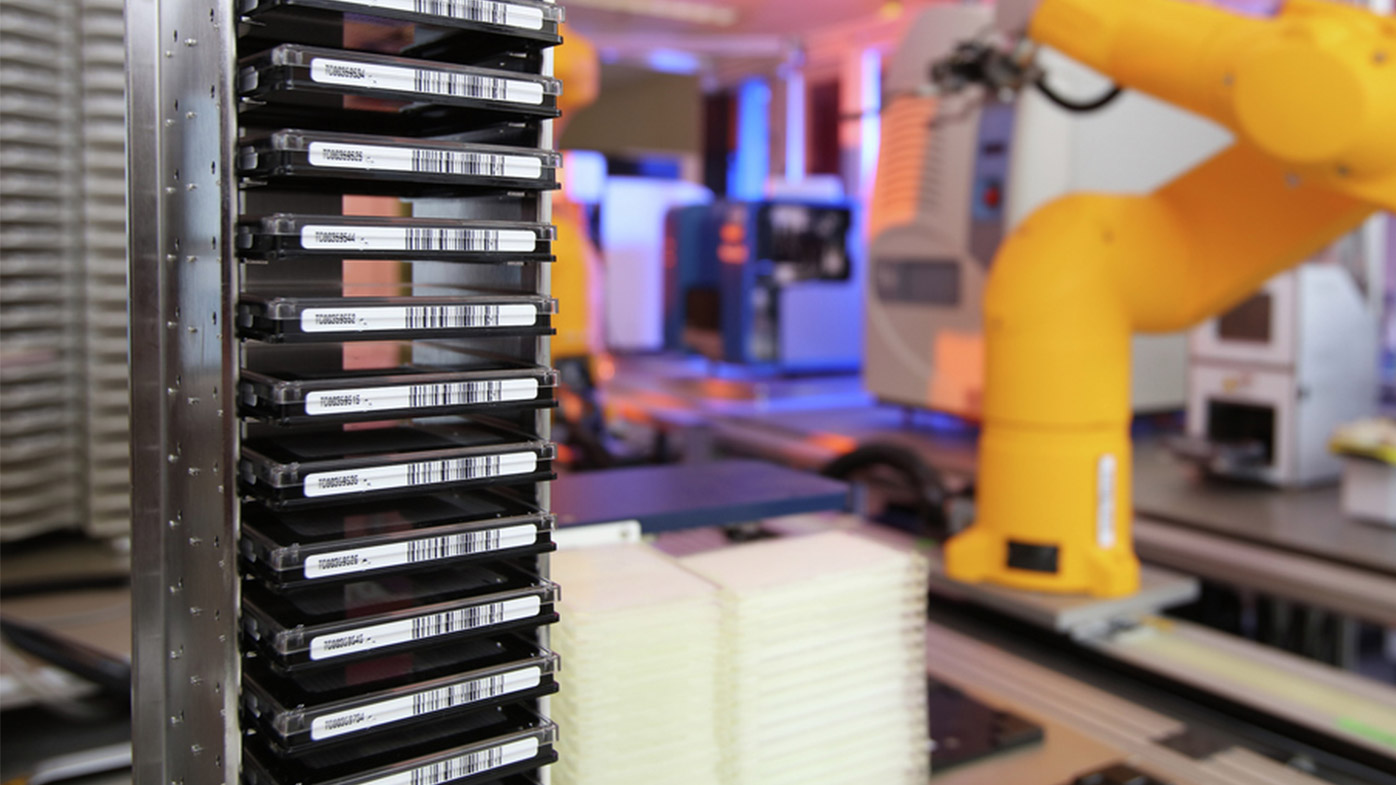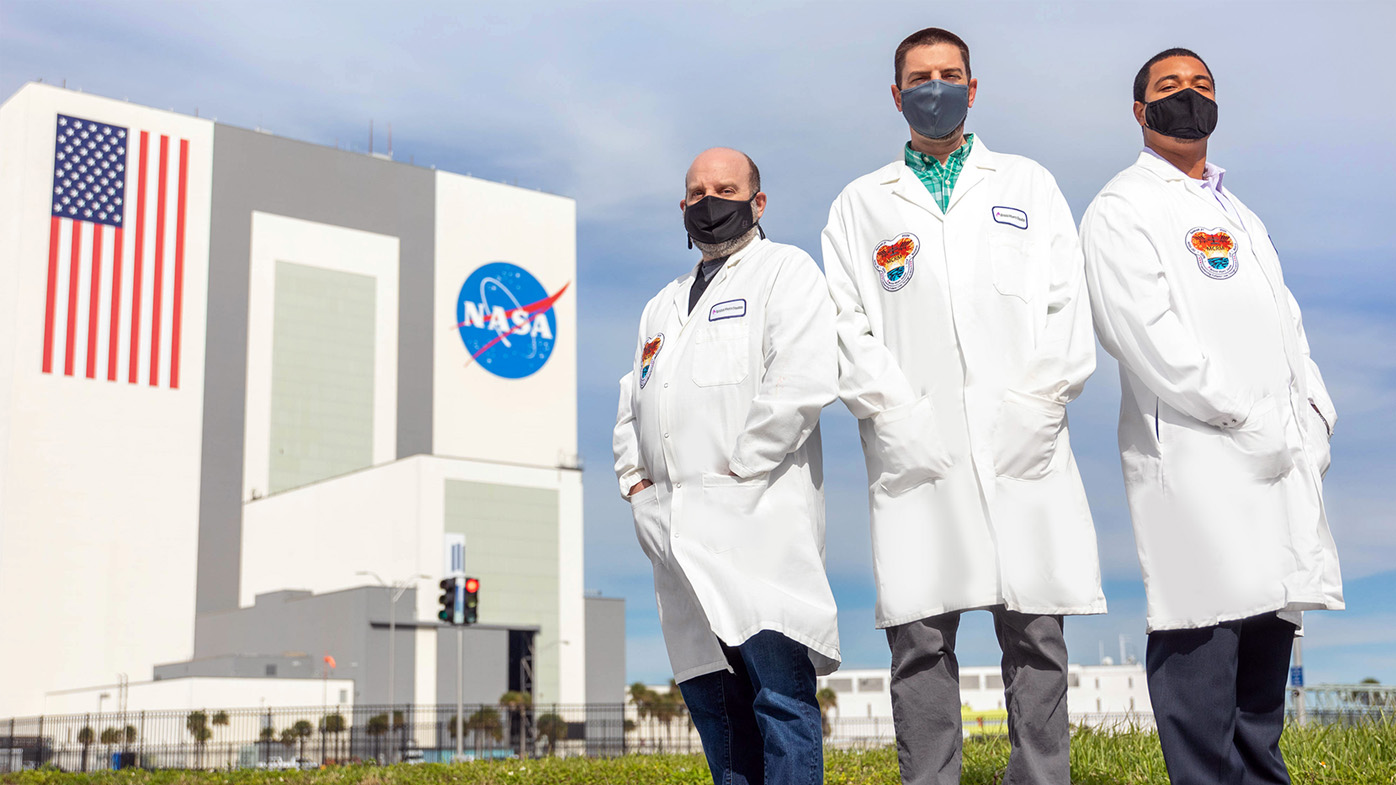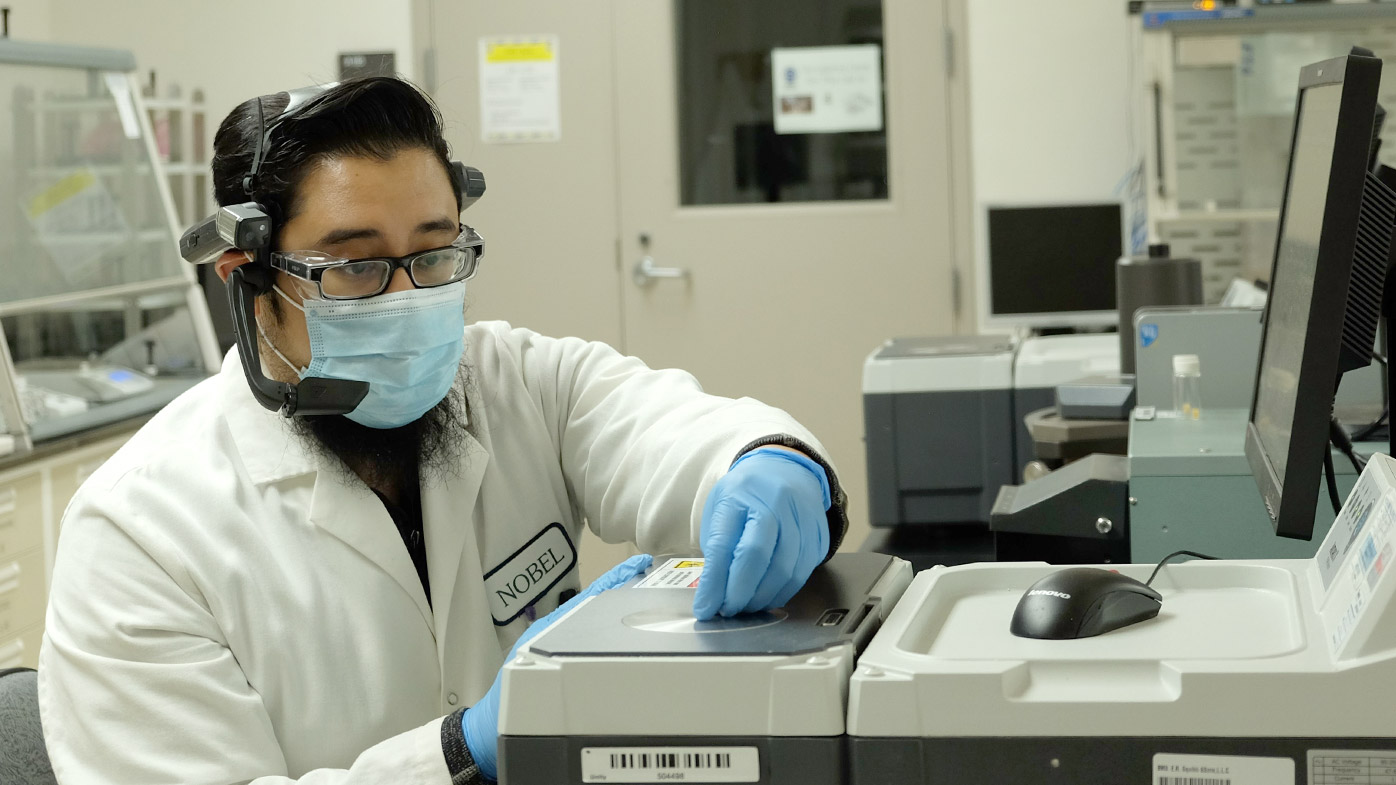Why reagents matter
Reagents are the ingredients used to induce chemical reactions. There are numerous kinds of reagents used in broad applications by scientists across different industries including the life sciences. Reagents derived from phosphate are of particular interest in the hunt for new medicines. DNA’s spiral ladder shape includes alternating sugar-like molecules called nucleosides joined by phosphate molecules which run up the ladder’s sides and hold the nucleoside units together. The reagents that scientists at Bristol Myers Squibb and Scripps developed enable the formation of synthetic versions of these natural linkages.
“DNA and RNA are effectively long chains of sugar-derived molecules linked together by phosphate compounds,” said Executive Director, Chemistry Research, Martin Eastgate, who led the Bristol Myers Squibb research team. “What we developed is a series of reagents that we can use to make multiple synthetic versions, also known as analogues, of those phosphate linkages, enabling the formation and exploration of novel compounds to treat disease.”
Reagents with a potential to selectively prepare DNA and RNA-like analogues, known as oligonucleotide drugs, play an increasingly important role in the search for new medicines. Oligonucleotides are an emerging class of medicines made with short sequences of DNA that carry genetic instructions designed to disrupt a disease. Producing these complex compounds, however, can come at a steep price in both cost-of-goods and for sustainability. Broadly speaking, thousands of kilos of raw materials are needed to make each kilo of a finished oligonucleotide compound.




